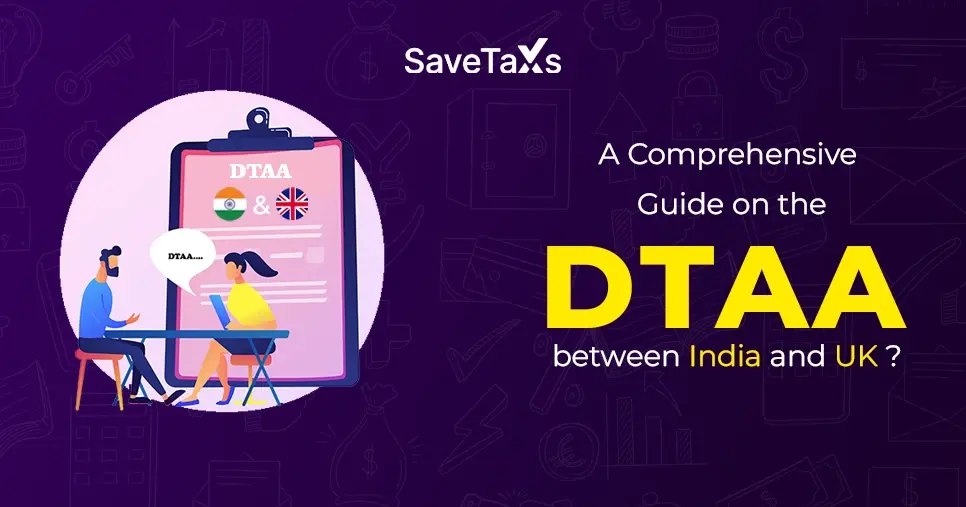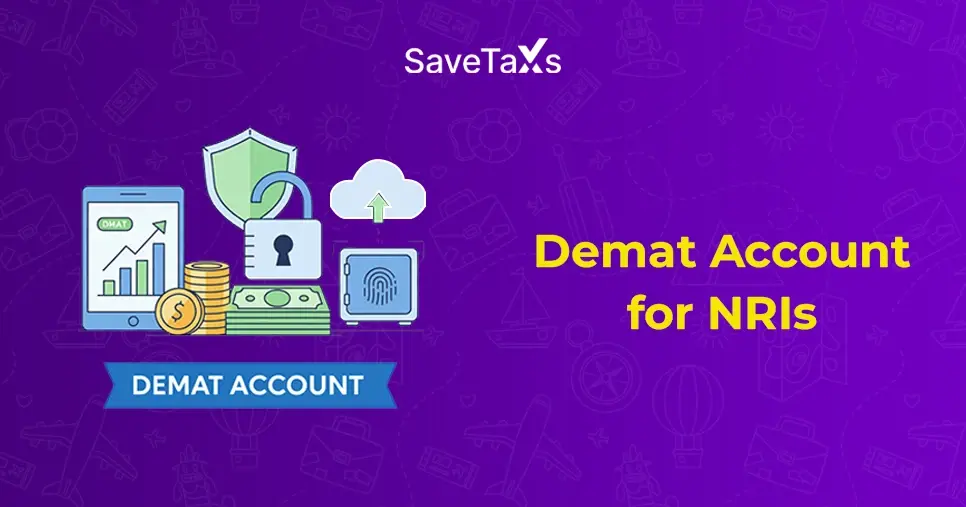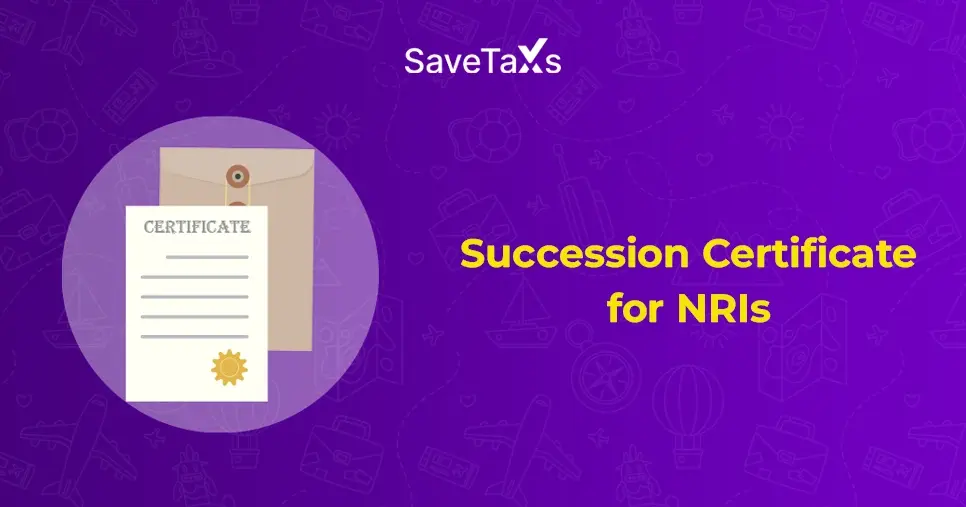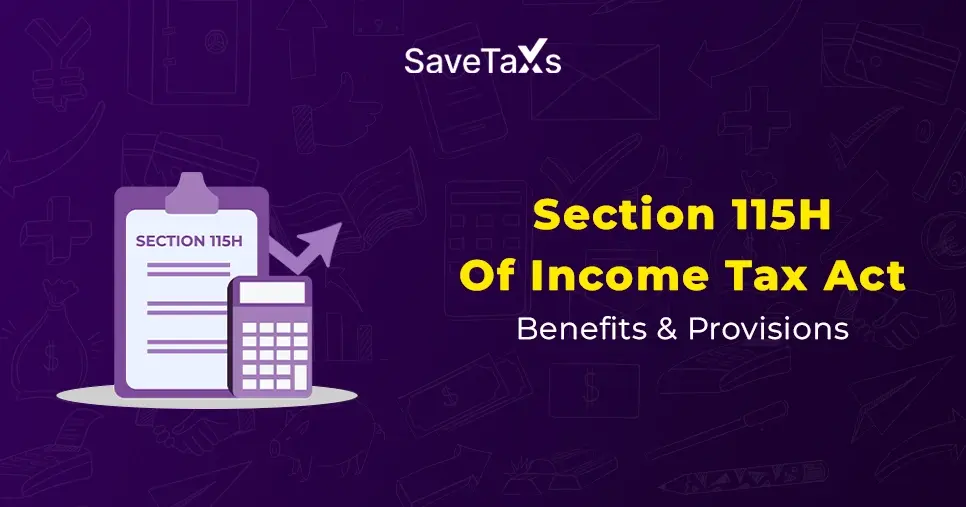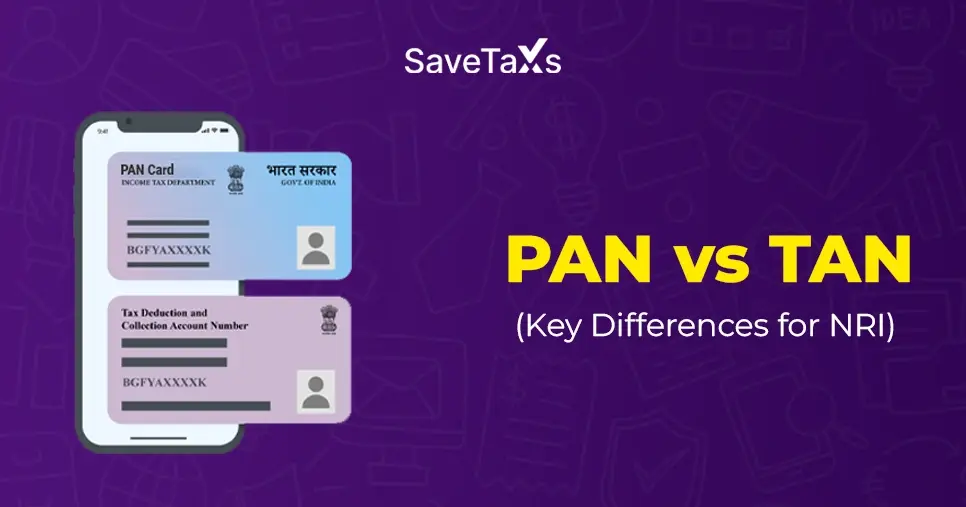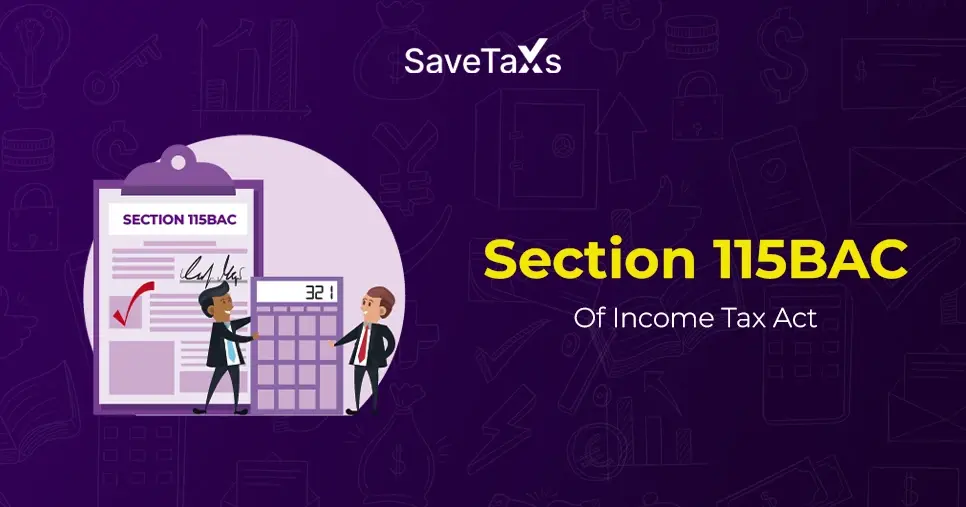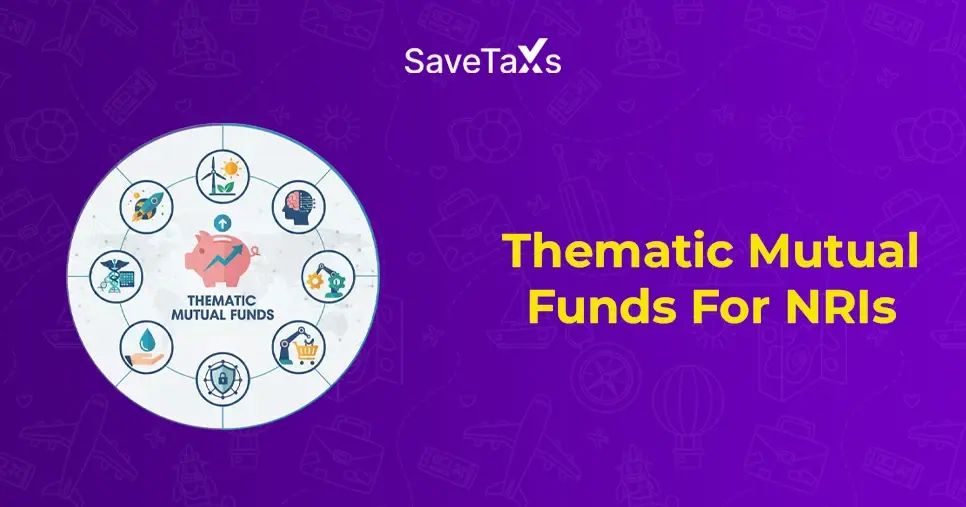Every financial year, taxpayers in India report their taxes, expenses, income, and tax liability to the Income Tax Department of India by filing an Income Tax Return (ITR) form. Filing and ITR ensure that the person complies with the tax laws of India, allows refunds, helps with visa and loan applications, and also allows carrying forward losses.
In simpler terms, an Income tax return is a form that provides information about your income sources and taxes paid to the Income Tax Department of India. A taxpayer files an ITR every year at a specific time based on their tax slabs. Apart from income sources, ITR filing also includes the taxpayers' capital gains earned from investments added to the market. Depending on the type of investment, specific tax exemptions may be available. If a taxpayer has paid more taxes than they are required to, they should be eligible for an income tax refund as well.
To file an ITR (Income Tax Return), the Income Tax Department has seven forms listed on its website. A taxpayer can choose the form that best fits their income level and legal status. This blog provides all the crucial information about the ITR domain, including which form to file, the required documents, and how to file an ITR smartly to minimize your liability and maximize your tax benefits.
What is ITR?
An ITR, or Income Tax Return, is a form that taxpayers file with the Income Tax Department of India to report their income and tax payments. Out of seven ITR forms, which ITR form to use depends on the type of taxpayer, whether you are an individual, a company, or an HUF, the type and nature of income, as well as your estimated total income.
What is the due date for filing the ITR?
NRIs and indian taxpayer should file their ITR before the due date to avoid penalties. The tables below state when a taxpayer should file the ITR.
| Taxpayer categories |
Tax Filing Date for FY 2024- 2025 (Unless extended by the government) |
| Indviduals \HUF\BOI\AOP |
September 15, 2025 |
| Businesses (requires auditing) |
October 31st 2025 |
| Businesses that require transfer pricing reports include those involved in specified domestic transactions or international transactions. |
November 30, 2025 |
Note that the due date for submitting the ITR for non-tax audit is also September 15, 2025, for the financial year 2024-25.
Taxpayers should check their Form 26AS for details of tax deducted at source (TDS), and other sources of income, like an FD interest. Furthermore, the taxpayer should have their Form 16 to enable the filing of details for tax-saving or salary deduction claims.
Documents Required to File and ITR for NRI and Indian Citizens
Depending on the tax category, the required documents will vary; therefore, the list below isn't all-inclusive. However, there are some common documents that a taxpayer will need regardless of their category.
Documents needed by an Indian Citizen:
- A PAN Card
- Form 26AS
- Form 16A, 16B, 16C
- Salary Slips
- Interest certificates
- Bank statements
- TDS certificate
- Proof of tax-saving investments.
Document needed by an NRI:
- A PAN Card
- Passport: For identifying their nationality and identity
- Salary Slips and Form 16
- Bank Account Details: Indian account for tax refunds, if any
- Investment details
- Tax payment details
- Foreign asset information: Details of foreign investments and accounts.
- Rent Receipts: Only if there is any rental income
- Indian property details
The Income Tax Department has rolled out seven types of ITR forms, each of which is stated below:
Filing ITR Form 1
Also known as Sahaj, this ITR Form 1 is for Indan residents with income within Rs 50 Lakh. The sources of income can be through salary, one house property, capital gains up to Rs 1.25 lakh under Section 112A, and other sources, excluding those from winning the lottery or owning racehorses.
Who cannot use ITR Form 1
- Anyone whose total income exceeds Rs 50 lakh
- Angricktural income, exceeding Rs 5000
- If you have taxable capital gains
- Income earned from a profession or business
- Earning income from more than one house property.
- If you are the director of a company.
- Have made an unlisted equity shares investment at any time during the financial year.
- Owns property outside India.
- If you are an RNOR and NRI
- If you have any foreign income
- If TDS under Section 194N.
There are additional provisions that prevent one from filing an ITR form 1; therefore, a taxpayer should always seek expert advice before selecting the correct ITR form, as choosing the right form is crucial.
Filing ITR Form 2
This form is used by non-resident indian (NRIs), Resident not ordinarily resident (RNOR), Indian citizens, or a Hindu Undivided Family (HUF) whose total income for the financial year includes income from pension, salary, house property, other sources, including income from horse races and winning from lottery. You can also file this form if you are an individual director in a company or have made investments in unlisted equity shares during a financial year.
Form 2 is also applicable if you have income from capital gains, foreign income, agriculture income exceeding Rs 5,000, assets outside India, or tax deducted under Section 194N.
Total income to file ITR form 2 can be more than 50 lakhs; however, there are more circumstances under which you can file ITR 2. Hence, check with the expert before filing one.
Who cannot file ITR 2?
A taxpayer with Income from a profession or business cannot use this form.
Filing ITR Form 3
Individuals or HUFs who are not eligible to file the ITR Form 1,2, or 4 should file ITR 3. Meaning this form is filed by an NRI, RNOR, or a HUF who has their income either from carrying on a profession or a proprietary business.
Anyone who has income from the sources mentioned below must file ITR-3:
Income from a business or a profession, not opting for presumptive income, required to maintain books and get them audited, making investments in unlisted equity shares, as a partner in a firm, and more. Taking advice from an expert before filing a form is advisable.
Filing ITR Form 4
Also known as Sugam, this form applies to firms other than LLPs, HUFs, and individuals who have a taxable income of not exceeding Rs 50 lakhs and opt for presumptive taxation.
Who cannot file Form 4
- If your total income exceeds Rs 50 lakh
- If you have income from more than one house property.
- If you own any foreign assets.
- If you have a signing authority for any account that is located in an originating country.
- Income source outside India.
- A director in a company.
- Invested in unlisted equity shares.
- Is an RNOR and NRI.
There are more circumstances under which a taxpayer cannot file a Form 4; hence, it is advisable to seek professional advice on this matter.
Filing ITR Form 5
This form is exclusively for firms, Co-operative socialism, local authorities, BOI (body of individuals), and a juridical person.
Filing ITR Form 6
This ITR form is for companies and organisations other than those that claim tax exemption under Section 11.
Filing ITR Form 7
This form is used for entities that claim tax exemption, such as universities, colleges, research institutions, religious trusts, political parties, and other organizations, and is filed under Section 139(4A), 139(4B), 139(4C), or 139(4D).
How to file an Income Tax Return (ITR)?
Below are the following steps to follow for filing an ITR.
Step 1: Log in to the Income Tax Department in India using your login ID, which is your PAN, and password.
Step 2: Once logged in, go to the home page and select the "e-file" tab>Income Tax Return> File Income Tax returns.
Step 3: Choose the assessment year. For the financial year 2024-25, the assessment year is 2025-26.
Step 4: Now, select the filing status, which refers to the category of the taxpayers.
Step 5: Select which type of ITR you are filing, which depends on your income level.
Step 6: Select the reason for filing the ITR.
Step 7: Enter all the basic details, and before submitting the form, please verify all he details that you have entered to eliminate any potential error.
Step 8: And then submit the e-filing form.
Form 16: This form is a Salary Tax Deducted at Source TDS certificate that an employee receives from their employer. The form provides all the details of the gross salary and exceptions, including LTA and HRA. Form 16 also includes details about the net taxable salary, tax-saving deductions, or any other income or loss that the employee has reported.
Form 26AS: This form contains all the details about the tax deducted at source from various income sources, including interest, salary, sale of immovable property, and more. The form further provides information on the advance tax paid by individuals, self-assessment tax, and specified financial transactions.
Why Should You File ITR?
For a taxpayer, filing an income tax return annually on time is a moral and a social duty. However, filing returns does bring you some good benefits.
- Filing an income tax return is a sign that you are a responsible citizen.
- Your card or loan company may require you to provide your ITR filing history.
- For you to claim any adjustments against the past losses, please file a return.
- Filing an ITR also serves as proof of income and address.
- Many people are unaware of this, but filing an ITR also facilitates a smooth visa application process.
- The only way to claim refunds on overpaid tax sis by filing an ITR.
How To File an ITR Smartly
Filing an ITR may seem like a burdensome process, but it is a crucial one that should not be missed. We get it, NRIs, Indian income tax laws can feel like a maze to you, and hence, SaveTaxs have got your back.
NRIs require a distinct strategy and plan to file their ITR effectively. We have been helping NRIs for the past two decades in filing Income Tax for NRIs on time and in compliance with Indian income tax laws. Our experts bring a combined experience of over 30 years and help you from the start of the process through to its completion. We ensure that all your documentation is accurate, verified, and complete, eliminating any potential errors.
From selecting the right form to filing everything on time, our experts ensure that you maximise your refunds while minimising your liabilities. We tailor the ITR filing strategy to your specific case and then take the necessary steps, keeping you informed throughout.
And yes, if you're wondering when to contact us, feel free to do so anytime, as we work 24/7 across all time zones. So no matter where in the world you are, you can still file an ITR with Savetaxs.
Note: This guide is for informational purposes only. The views expressed in this guide are personal and do not constitute the views of Savetaxs. Savetaxs or the author will not be responsible for any direct or indirect loss incurred by the reader for taking any decision based on the information or the contents. It is advisable to consult with either a Chartered Accountant (CA) or a professional Company Secretary (CS) from the Savetaxs team, as they are familiar with the current regulations and help you make accurate decisions and maintain accuracy throughout the whole process.
 India
India
 USA
Tax Consultancy Services
USA
Tax Consultancy Services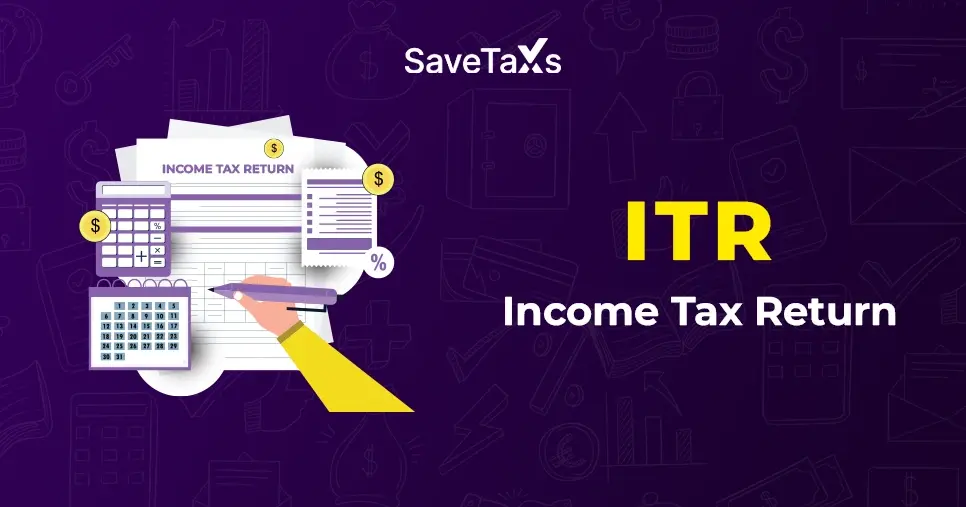

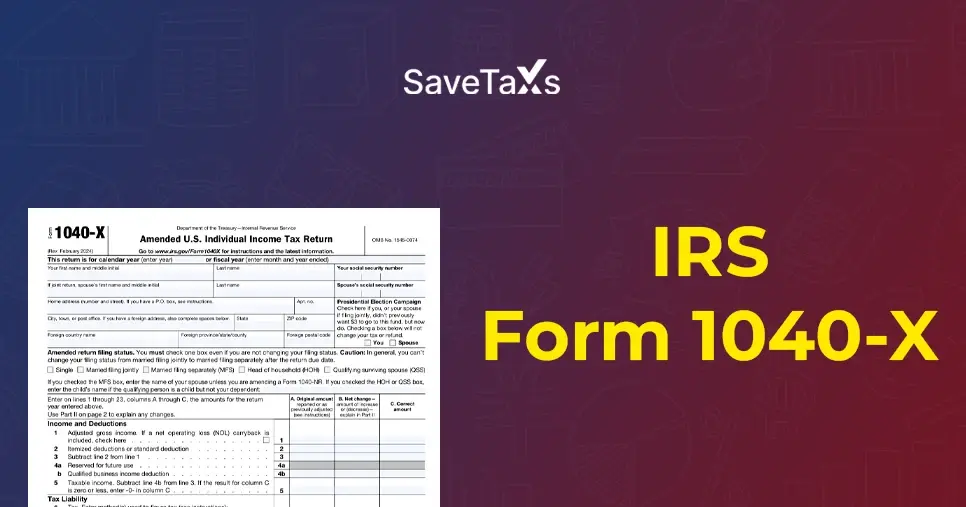
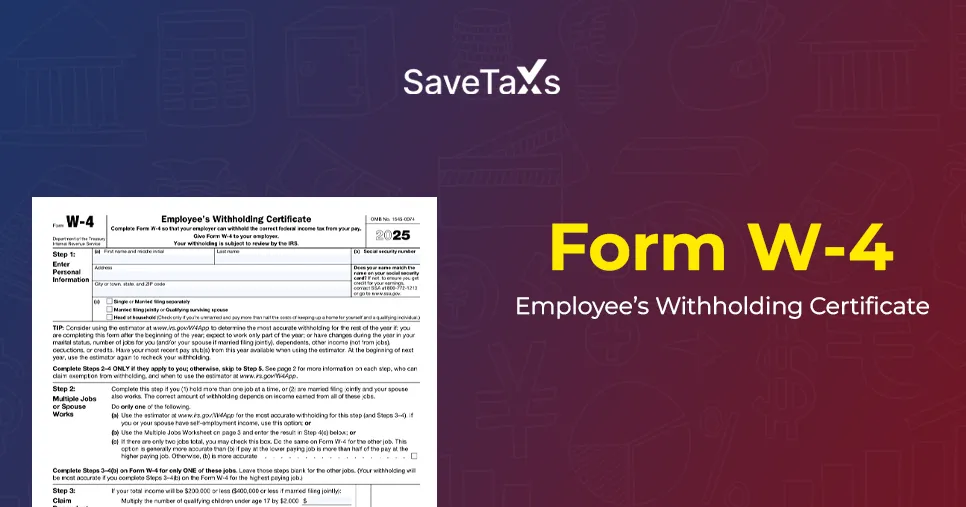
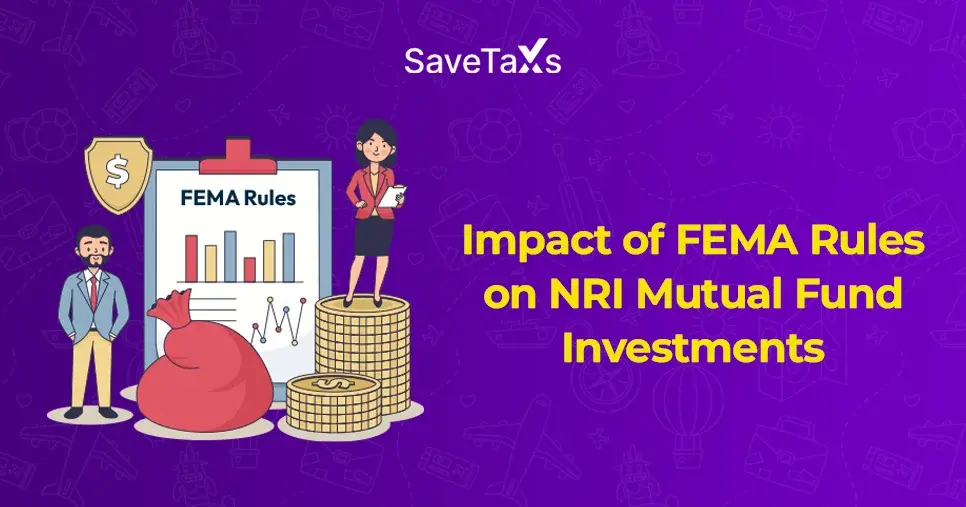
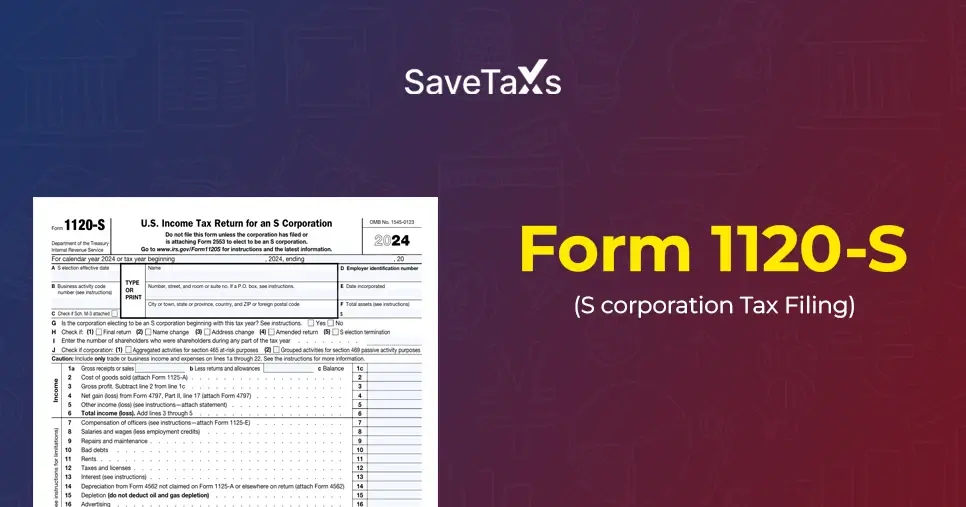
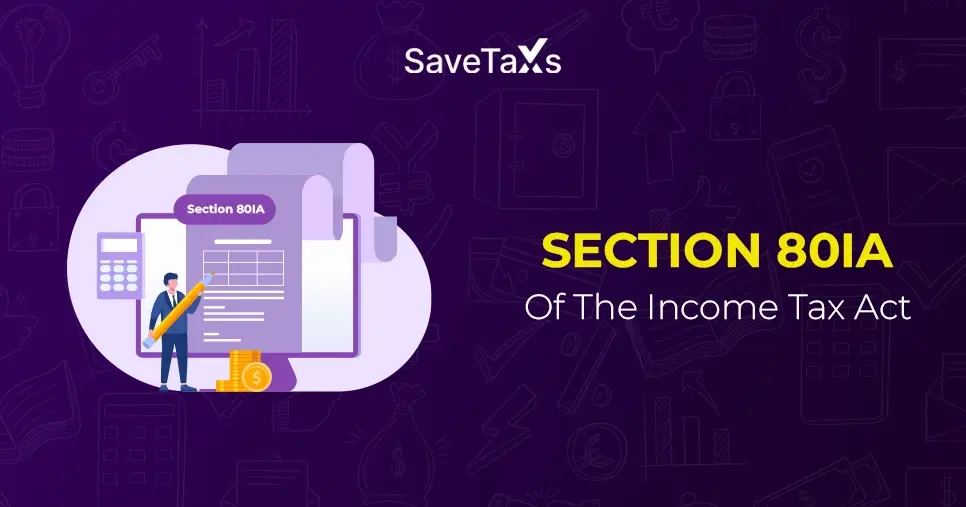
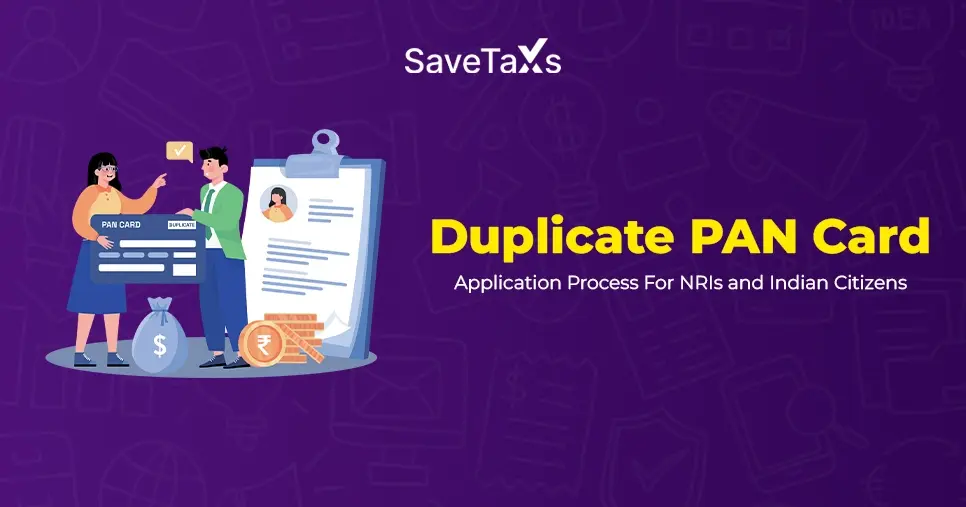
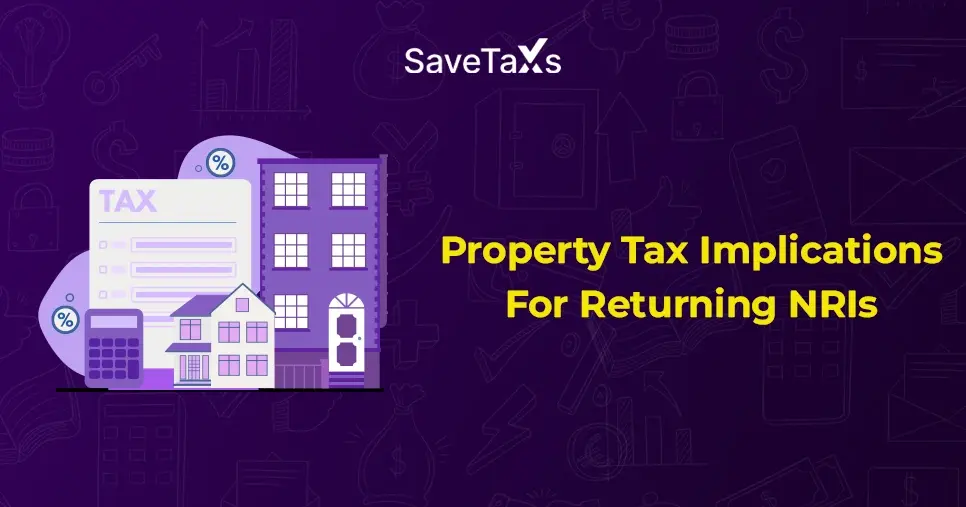
_1754392689.webp)
